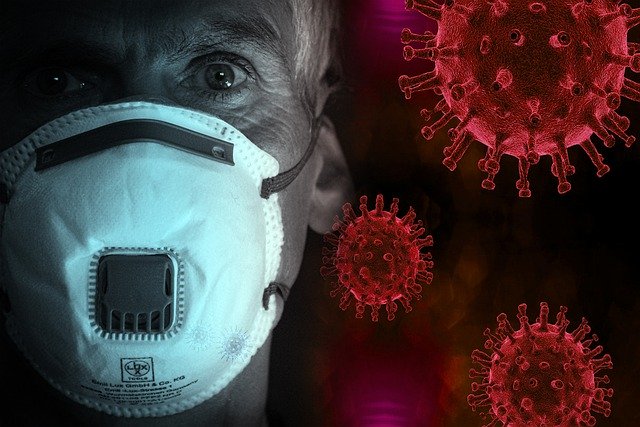So what does it mean to “shelter in place” in light of COVID-19? Do you need to shelter in the basement? Seal off windows and vents? Hide behind furniture? The short answer – no. But there are actions you should take (or avoid!) to protect your health and prevent the spread of COVID-19 in your community.
Precautionary Action to Slow the Spread of COVID-19
As it currently stands, there are three levels of precautionary action to slow the spread of the novel coronavirus.
- Suggested Self-Quarantine & Social Distancing: Much of the United States is currently operating under a suggested quarantine and is being asked to practice social distancing by the federal government. Social distancing is the attempt to slow or prevent the spread of a contagion by limiting contact with other humans. People are asked to keep a minimum of six feet between one another and to avoid groups of people larger than 10. Examples include cancelling concerts or trainings, or encouraging employees to work remotely from their homes.
- A “Shelter in Place” or “Stay at Home” Mandate: These mandates are currently being issued at the state level. Some states, such as California and New York, have issued state-wide mandates. Others, such as Pennsylvania, have issued the mandate on a city or county basis for the areas most affected.During these “stay at home” orders, people are allowed to leave their homes for essential activities, such as going to the grocery store, doctor appointment, or pharmacy. Non-essential or non-life-sustaining business have been closed (ex: movie theaters are closed but emergency restoration companies are allowed to operate). Residents are asked to avoid contact with others as much as possible but this order does not prevent them from going outside, working in their yard, or going for a walk. If you come across anyone on your walk, be sure to practice the 6 foot rule by leaving enough space between you. The intent is to limit your exposure to other people to protect your health and theirs.
- Martial Law or “Lockdown”: In situations of extreme danger to civilians, the government can enforce martial law where law enforcement is taken over by military forces. This may be enacted during times of war, natural disaster or severe civil disruption. It is important to note that, at the time of this document’s creation, there has been no direction issued to the National Guard to institute martial law on a state or national basis. The specific parameters or restrictions of martial law vary depending on the situation but could include a complete restriction on travel or business operation – in other words, the freedom of movement. This has been referred to some as a “lockdown” where residents would not be permitted to leave their residence for any reason. Martial law would be enacted by the President, Congress, and/or by state Governors if the state’s constitution permits it.
What Should You Do When “Staying at Home”?
As with all emergency situations, COVID-19 is a temporary but very real concern we are collectively facing. Until the threat passes and until we are able to resume business and movement as usual, there are a few things you can do to help protect your health and the health of your community:
- Follow CDC guidelines on good hygiene practices, such as washing your hands and coughing or sneezing into a tissue (and then disposing of it!). It is simple but highly effective if done properly! Click here to view the CDC recommendations!
- Prioritize your health by getting ample sleep and exercise. Going outside for a walk will benefit your health and mind – especially after staying in your house for so long! Just remember to keep your 6 ft distance from anyone you run into.
- Avoid going out in public (stores, gas stations, etc.) as much as possible. If you typically grocery shop once a week, try to make one large trip to last you a couple of weeks.
- Utilize drive in features of pharmacies, curb side pick up at restaurants, or grocery delivery options to reduce your exposure to other people.
We know this is a serious concern for all of us – on multiple levels. Whether it is health concerns, a lost job, or trying to balance working from home while take care of children, this is challenge we are facing together.
Please know that we are here for you – our SecureCore and RestoreCore teams are here to be your partner before, during, and after COVID-19 (and any other emergency that may come your way). Contact us at 800-231-1281 to learn how SecureCore’s emergency preparedness software can help your organization and request a demo of our software today.
Helpful Resources About “Shelter In Place”
Check out the helpful resources below for more information about sheltering in place and COVID-19:
- FEMA Planning Considerations for Evacuation and Shelter in Place
- CDC Guidelines for Shelter in Place
- CDC Coronavirus Symptoms Checklist

